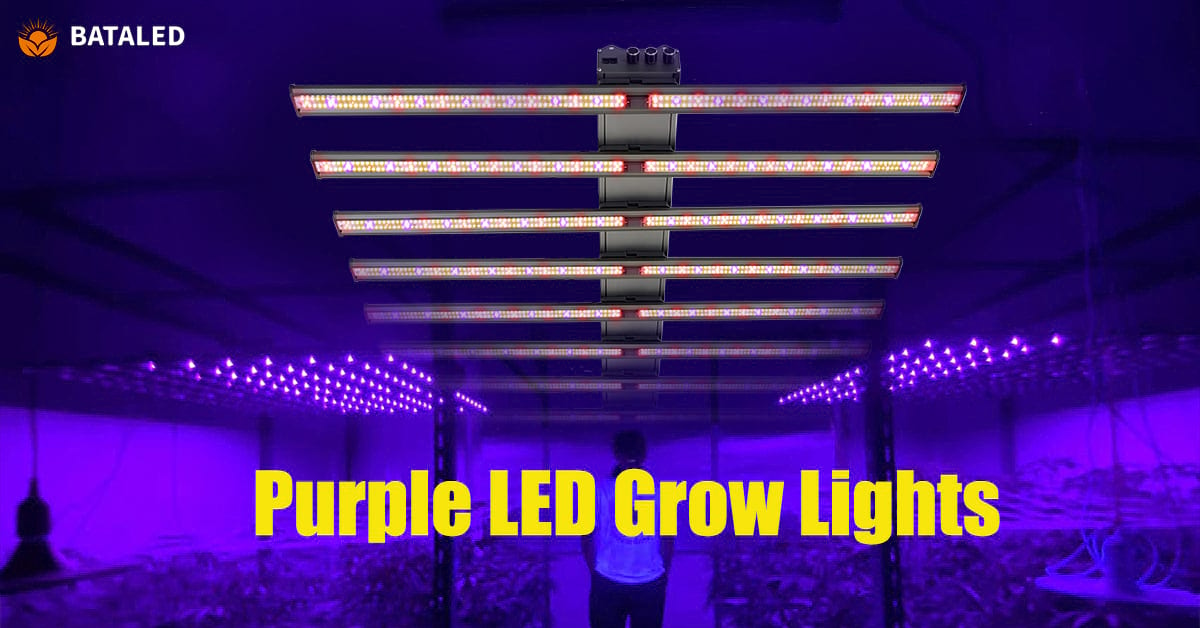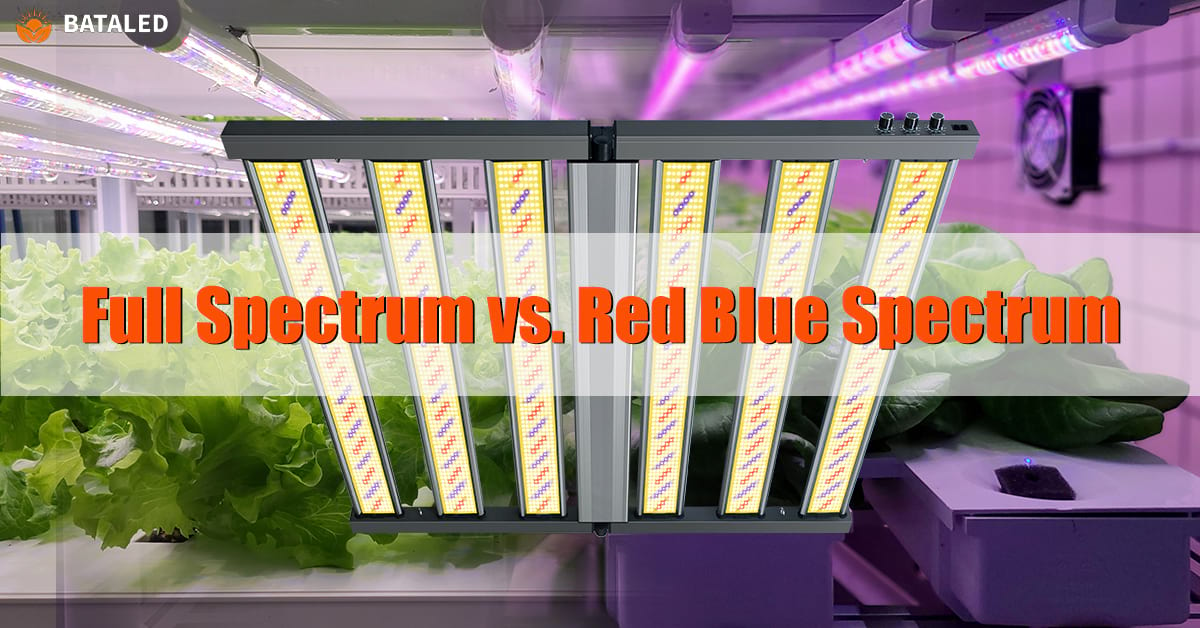Inputs and Outputs of Photosynthesis: Grower’s Definitive Guide——Inputs vs. Outputs & What Are They?
When you see plump, bright red tomatoes or vast fields of golden ripe wheat, have you ever wondered where the energy and matter that make up these living things come from? The answer lies in a remarkable natural process known as “photosynthesis“.
Photosynthesis is a vital biological process on Earth. It allows plants, algae, and some bacteria to convert light energy into chemical energy, which they then use to fuel their growth and development. Understanding the “major inputs and outputs of photosynthesis” is crucial to unraveling the scientific principles behind this process.
What Is Photosynthesis?
Before diving into the details, let’s briefly cover what photosynthesis is. Photosynthesis is the process used by plants, algae, and certain bacteria to capture light energy, convert carbon dioxide and water into organic compounds (like glucose) needed for their growth, and release oxygen. This process primarily occurs in the chlorophyll within plant cells.
To better understand the inputs and outputs, it’s helpful to look at the key equation for photosynthesis, which provides a quick overview of the process.
Chemical Equation:
6CO₂ + 6H₂O + light energy → C₆H₁₂O₆ + 6O₂
In simple terms:
Six carbon dioxide molecules + six water molecules + light energy produce one glucose molecule + six oxygen molecules.
Photosynthesis is a complex process involving multiple steps, typically divided into two closely linked main stages:
Stage 1: Light Reactions
- Requires light: Must occur in the presence of light.
- Location: Occurs on the thylakoid membranes within chloroplasts.
- Process: Chlorophyll absorbs light energy, splits water molecules (a process called “photolysis“), and produces oxygen and energy carriers (ATP and NADPH).
- Main Outcome: Oxygen is produced. Light energy is converted and stored as chemical energy (ATP and NADPH).
Stage 2: Dark Reactions (Calvin Cycle)
- Does not require direct light: It can occur in both light and dark conditions, but it requires the energy (ATP and NADPH) produced by the light reactions.
- Location: Occurs in the stroma within the chloroplasts.
- Process: Uses the chemical energy (ATP and NADPH) from the light reactions to fix and reduce carbon dioxide, ultimately synthesizing glucose.
- Main Outcome: Produces organic compounds such as glucose.
A simple way to understand it:
The light reactions act like “solar panels,” collecting light energy and producing energy and oxygen. The dark reactions (Calvin Cycle) act like a “factory assembly line,” using that energy to convert carbon dioxide into sugar.
What Are the Inputs and Outputs of Photosynthesis?
What Are the Inputs of Photosynthesis?
The Three Key Elements That Nurture Life:
Every great creation requires raw materials, and photosynthesis is no exception. It requires three specific elements to begin: carbon dioxide (CO₂), water (H₂O), and light energy. None of these can be missing.
Carbon Dioxide (CO₂)
Plants don’t eat like we do. So how do they get the carbon needed to build their bodies? The answer is from the air. Plants absorb carbon dioxide through tiny pores on their leaves called stomata.
Once these CO₂ molecules enter the chloroplasts, they aren’t used as-is. Instead, they are broken down and reassembled in the complex process of the Calvin Cycle. The carbon atoms act like basic building blocks—similar to LEGO bricks—forming the core “skeleton” for constructing larger, more complex organic molecules.
Water (H₂O)
Water does much more for plants than just maintaining hydration. First, roots absorb water from the soil and transport it continuously to the leaves through special internal vessels (xylem). Water molecules play a dual role here: they not only provide the hydrogen atoms and some oxygen atoms needed to form glucose molecules, but they also play a critical role in the initial “light reactions” of photosynthesis.
When sunlight energy is captured, water molecules are split (a process called “photolysis”) to obtain the electrons within. These electrons are used to drive the subsequent series of reactions. Without water providing electrons, the entire photosynthetic process would stop abruptly—like a production line losing power.
Light Energy (Typically Sunlight in Nature)
If carbon dioxide and water are the physical materials, sunlight is the “spark” that ignites the entire reaction. Sunlight, especially the red and blue spectrum wavelengths, is efficiently captured by chlorophyll in the leaves. Light is essentially energy. When chlorophyll absorbs photons, its electrons become “excited,” gaining high energy levels. This active energy state is the key that starts the entire photosynthetic machinery. Without this “spark,” no amount of carbon dioxide or water can initiate photosynthesis.
What Are the Outputs of Photosynthesis?
After a series of intricate transformations, the inputs—carbon dioxide, water, and light energy—are converted into two key products. These products are not only essential for the plants themselves but have also shaped Earth’s entire ecosystem, supporting the vast majority of life.
Glucose (C₆H₁₂O₆)
Glucose is the primary target product of photosynthesis. It is a simple sugar molecule, but it plays a vital role in plant life.
First, it can be broken down immediately through “respiration” to provide instant energy for all the plant’s life activities—from growth and flowering to fruiting.
Second, plants don’t use all the glucose at once. They link multiple glucose molecules together to form starch, a large macromolecule. This is similar to saving money in a bank—plants store energy in seeds (e.g., wheat, rice), tubers (e.g., potatoes), or roots for future use.
Even more remarkably, glucose is the core material for building the plant’s body. It can be converted into a tough polymer (cellulose) used to construct sturdy cell walls—the main component of wood and cotton. Additionally, it can combine with minerals absorbed from the soil (like nitrogen and phosphorus) to produce “oils” and “proteins.” Essentially, almost every part of a plant, inside and out, is a different form of glucose.
Oxygen (O₂)
When water molecules are split during the light reactions, oxygen is produced along with electrons. For plants, this oxygen is largely a “waste gas” generated as a byproduct of the chemical production line.
However, this byproduct is crucial for Earth’s ecosystem. Oxygen is released into the atmosphere through stomata, gradually accumulating to form the oxygen-rich atmosphere we depend on today. It enables aerobic organisms (including us humans) to thrive. Thus, this seemingly accidental “waste” is a key element that supports most life on Earth.
The Hidden Connection: The Importance of Respiration
Nature is a perfect Circulatory System. The products of photosynthesis are precisely the inputs for another key biological process: “cellular respiration.” This occurs in the “mitochondria” of almost all living cells.
Cellular Respiration uses glucose and oxygen as “inputs,” breaking them down to release the stored chemical energy in the form of ATP for cellular use. In the process, it produces carbon dioxide and water as “outputs.”
These two processes form a perfect closed loop: the oxygen and “food” (glucose) produced by photosynthesis support respiration in most organisms, including the plants themselves. Meanwhile, the carbon dioxide and water produced by respiration provide the essential raw materials for photosynthesis. One process stores energy (photosynthesis), the other releases it (respiration)—they complement each other perfectly.
Boosting Your Yield: The LED Grow Light Advantage
Understanding the importance of light as a key “input” allows us to use modern technology to optimize this natural process, especially indoors or in light-deficient environments. This is where LED grow lights shine.
Advanced full-spectrum LED lights can precisely simulate the sunlight wavelengths plants love most, particularly red and blue light, providing the ideal “energy” for photosynthesis and significantly improving the efficiency of converting light energy into chemical energy.
Compared to traditional sodium or incandescent lights, LEDs have another major advantage: they emit almost no heat radiation that can burn leaves. This means you can place the lights closer to the plants, allowing the light to penetrate the canopy more evenly and deeply, ensuring every leaf absorbs energy efficiently. This helps prevent poor growth due to shading or heat stress.
Specifically, BATA LED grow lights offer full-spectrum lighting, which significantly enhances plant yields. The optimized spectrum enhances photosynthesis, promoting better plant growth.
Moreover, thanks to their even distribution and lower heat output, full spectrum LED grow lights improve light penetration and quality, minimizing heat stress and allowing plants to be placed closer together.
By continuously optimizing this core element: “light”, we can overcome challenges like climate change and geographical limitations, artificially control plant output and quality, even shorten growth cycles, and achieve year-round cultivation in controlled environments.
Conclusion
In summary, photosynthesis is like nature’s most ingenious “life factory”: it takes the simplest raw materials—sunlight, water, and carbon dioxide—and produces glucose and oxygen, which nourish countless living things. This process not only builds the plants themselves but also supports the entire cycle of life on Earth. And when we understand the central role of light energy, we can use technology like LED grow lights to optimize photosynthetic efficiency and even create more abundant harvests in artificial environments.
FAQ
Q: Is oxygen an input or an output?
A: An output. More precisely, oxygen is a gaseous byproduct produced when water molecules are split during the light reactions. It is a substance released by plants into the environment.
Q: Are both chlorophyll and sunlight inputs?
A: This is a great question that helps us classify more accurately. Sunlight is an energy input—the “spark” that drives the reaction. Chlorophyll itself is not a consumed raw material; it is a green pigment located in the chloroplasts. It acts more like an essential “tool” or “equipment” specifically designed to capture light energy. So, we can say chlorophyll is a key component for photosynthesis, while sunlight is the energy source.
Q: What is the most important output for the plant itself?
A: While oxygen is crucial for us, for the plant’s survival, glucose is undoubtedly the most important output. It is the plant’s direct energy source, the structural material for building its body, and the fundamental form of all stored nutrients. Without glucose, plants couldn’t grow, repair themselves, or reproduce. Oxygen is essentially a “serendipitous gift” to the global ecosystem from this process.
CATEGORIES
Recommended Post

Where It’s Legal to Grow Cannabis: Ultimate Tips & Cultivation Laws
About Author—Jose Li
Jose, a senior content creator at BATA LED, brings over 5 years of expertise in LED grow light. He delivers valuable insights to help growers and farmers better understand LED grow light technology, empowering them to boost crop yields and quality with advanced lighting solutions.


